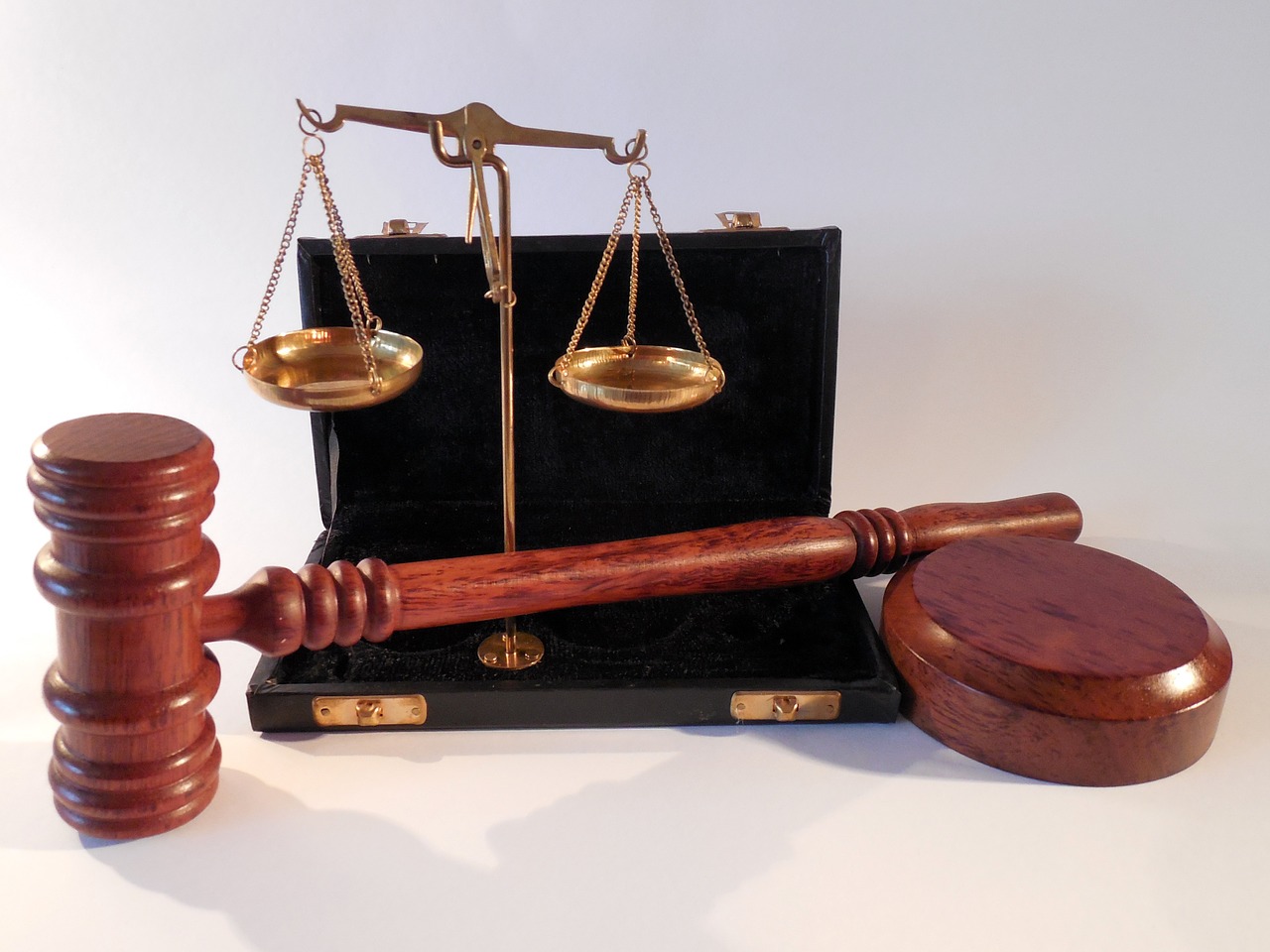Providing customers credit and allowing amounts to remain on your accounts receivable is a way that many businesses work, however, there is always the assumption of risk if payments are not met upfront. If you are a business creditor that has customers that have not paid their accounts and are now filing for bankruptcy, the process can be frustrating and confusing, but some laws protect not only the client but the amounts owed to you when a bankruptcy claim is filed.
 If you have a client who has filed for bankruptcy then there are some rules you must follow, and also some actions you need to take to protect yourself during their bankruptcy. While this process can be complicated, there are some steps that you must follow to protect yourself and ensure you are working within bankruptcy laws that govern actions, including customer contact and collections actions. Customer bankruptcy doesn't have to be difficult to deal with, and there are options available to you as a creditor in the event of customer bankruptcy.
If you have a client who has filed for bankruptcy then there are some rules you must follow, and also some actions you need to take to protect yourself during their bankruptcy. While this process can be complicated, there are some steps that you must follow to protect yourself and ensure you are working within bankruptcy laws that govern actions, including customer contact and collections actions. Customer bankruptcy doesn't have to be difficult to deal with, and there are options available to you as a creditor in the event of customer bankruptcy.
What is Bankruptcy?
Bankruptcy is filed by persons or businesses that have outstanding debts but do not have the assets available to repay those debts. While businesses may have assets such as property and equipment, they do not have the available liquid funds to pay their debts. Depending on the type of bankruptcy, it will be handled in differing ways. A debtor will file bankruptcy through legal channels so that a trustee or bankruptcy lawyer will be able to analyze their assets and debts and handle the liquidation of assets and repayment of debts.
 The bankruptcy process can be slow, and there are certain processes that creditors must follow, including restrictions on the collection that debtors must follow once bankruptcy has been filed.
The bankruptcy process can be slow, and there are certain processes that creditors must follow, including restrictions on the collection that debtors must follow once bankruptcy has been filed.
Protected from Collections Action
One of the main functions of bankruptcy is that once filed, creditors can no longer actively collect from the debtor. This period allows for the debtor and their legal consultants to put together a repayment plan, liquidate assets, and do so unbothered by judgments, collections calls, foreclosures, etc.

Claim Now
Earn up to 9% APY on your cryptocurrency & get up to $250 in Bitcoin for funding an account.
One of the most important things a creditor needs to understand is that once bankruptcy has been filed, you can no longer contact the client to actively collect the debt. While this is frustrating for you, as a person who is owed money, this is a legal stay and it must be respected. If you are a creditor who is owed money from a client that has filed for bankruptcy it is important to understand you could be putting your debt claim in jeopardy if you continue to contact your client for payment. As a creditor, you are blocked from further action will the trustees and courts process the bankruptcy, allowing the debtor to come up with an acceptable plan for repayment and restructuring of their debts and assets.
The most important thing you can do is be patient while this process is happening, and don't allow impatience to come in the way of your claim.
Securing your Claim
While you are barred from contacting the client, that does not mean that you cannot protect yourself and the amount of money that you are owed by the bankrupt party. In filing this claim you are providing proof of the debt, and being acknowledged as one of the parties who is owed money in the bankruptcy, securing your place in line for repayment. Without having this claim filed by the appropriate date, you run the risk of not being included in the bankruptcy and being passed over during repayment and settlement stages.
 There are multiple ways that you can ensure the debt owed to you will be paid out, however filing this claim and having proof of the debt is the first step you can take when it comes to collecting your money. This claim can be filed by you, or a third-party collection company, if you choose to sell the bankruptcy invoice, which is also an option for creditors. This is often a step taken by creditors who choose not to wait for the bankruptcy to process in full.
There are multiple ways that you can ensure the debt owed to you will be paid out, however filing this claim and having proof of the debt is the first step you can take when it comes to collecting your money. This claim can be filed by you, or a third-party collection company, if you choose to sell the bankruptcy invoice, which is also an option for creditors. This is often a step taken by creditors who choose not to wait for the bankruptcy to process in full.
Third-Party Collectors
As a creditor you have the right to sell the bankruptcy invoice, thereby transferring the debt from you to a third party company. This often results in a partial settlement payout to you, and the third-party collector will then be included in the bankruptcy. The unfortunate reality is that in bankruptcy filings debtors will often be offered a settlement, rather than having the debt paid to them in full. If you choose to not wait out the court process, and would rather not have to follow the proceedings, then this is an option for you. A third party company will pay you a portion of the debt to purchase it from you, they will then utilize their resources to collect upon the bankruptcy, allowing you to walk away from the situation with a partial payment (settlement amount) allowing you to focus on other aspects of your business.
Depending on the debt amount, your position and how willing you are to follow and be involved in a bankruptcy, this may be the best option for you.

Get Started
The Gemini Exchange makes it simple to research crypto market, buy bitcoin and other cryptos plus earn Up to 8.05% APY!
No matter how you choose to deal with the debt, these are the most important aspects of customer bankruptcy that you, as a creditor, need to understand. Once a customer has filed for bankruptcy you need to make sure that you are following the rules of the legal stay, and no longer contact or collect from the debtor. Making sure you file your claim so the appropriate authorities acknowledge your right to the claim is the way you will protect your interest in the case of bankruptcy.
Ensuring that you follow the rules will make the process easier for you to negotiate, and save you from possible actions should you break any rules of the bankruptcy. If any of this seems too complicated, or you simply wish to walk away, then contacting a third-party company may be in your best interest. Dealing with customer bankruptcy doesn't have to be difficult, and by following these steps you will protect yourself in the event of customer bankruptcy.



